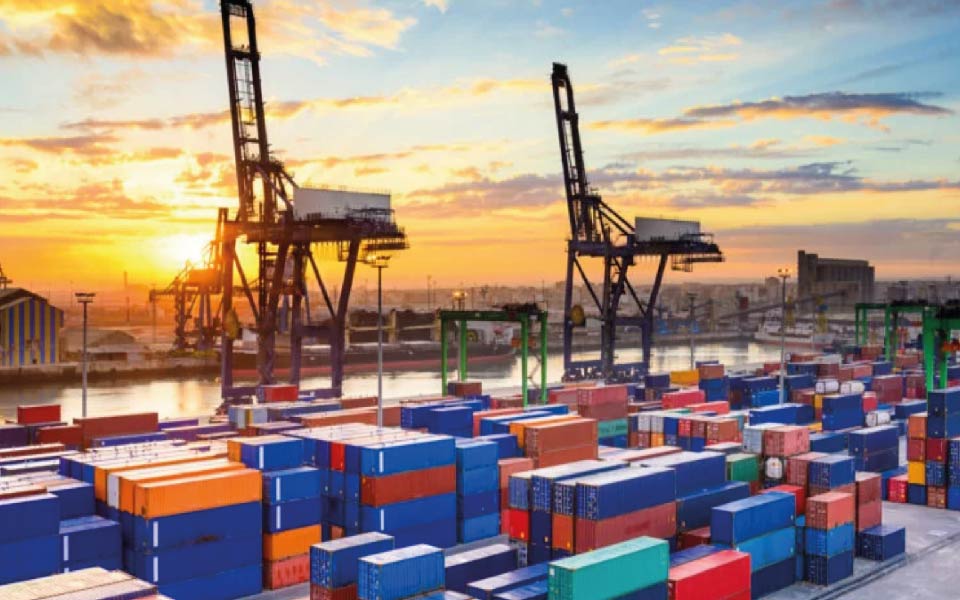Leading Factors Influencing Growth of Trade Finance
September 9, 2022
In 2020, the global trade financing market was valued at $44,098 millions but by 2030, it’s projected to hit $90,212!
International Trade financing continues to grow at an alarming pace worldwide but most people don’t really know what it is. The truth is that trade finance is the lifeblood of almost all business transactions that cross borders. It’s important to know about because it creates opportunities for everyone around the world to distribute their products.
In this article, we’ll tell you everything you need to know about trade finance and the main factors causing it to grow so quickly. Keep reading to learn more.
What Is Trade Finance and How Does It Work?
Trade finance refers to the different financial tools used by companies around the world to help trade and commerce. It helps create a smoother trading process for both importers and exporters in different trade industries.
The main function of trade finance is to bring in a third party for trade transactions. By doing this, they can remove risk from either of the two main parties to facilitate the transaction easier in the short term.
For example, they can provide an exporter with payment with in-transit finance. At the same time, it allows the importer to get an extended line of credit to fill the order.
Different parties that can be involved in trade finance include:
- Banks
- Insurers
- Business to business importers with goods receivables
- Business to business exporters with goods shipping
- Trade finance companies
- Export credit agencies
Although it may seem similar to conventional financing, trade finance has some key differences. It can protect against international trade’s unique risks, like:
- Currency fluctuations
- Political instability
- Non-payment issues
- The creditworthiness of any of the parties involved
By using tools like lines of credit and insurance, the risk is lowered for all parties and gets products moving around the world. It can also improve cash flow for companies and improve the efficiency of their operations. By giving small businesses working capital, everyone involved benefits.
What Is an Example of Trade Finance at Work?
Let’s imagine a Thai entrepreneur. He wants to export his hand-crafted textiles to other neighbouring countries.
Depending on his time in business, he would need financing and working capital solutions to get his business off the ground.
However, local banks are most likely unable to provide financing for different reasons. His credit scores might cause some roadblocks as well. And if they can, it’s probably at a really high cost. The application process might take too long, too.
Another barrier he would run into is outdated regulation, which might block him from doing useful actions. An example of this would be getting cash in advance of delivering the product.
The most glaring issue is that big corporations can afford to do most of these things easily but smaller businesses cannot.
With trade finance, all of the issues that lie between importers and exporters can be bridged. This can lower the amount of time it takes for products and payments to reach the parties, even in complex situations.
Trade finance can be used to help small businesses with cash flow management without disrupting their supply chain. They can sidestep obstacles that might have hindered them from trading internationally before.
By facilitating timely payments, trust is built between the parties. This allows global trade relationships to grow.
Leading Growth Factors of Trade Finance
Trade finance is experiencing a huge period of growth and is showing no signs of slowing down. Let’s take a look at some of the leading factors in its growth.

Rapid Change in Technology
Over the past few years, the world has seen exponentially fast improvements in technology. This has led to better communication, mobility, and global connectivity.
Every improvement in tech has led to cascading effects, allowing companies to come up with more innovative products and better process technology. This has made the world “smaller” and more available to work together, which has allowed companies to move abroad with ease.
Increase in Competition
As competition continues to grow naturally across the world, companies prefer to seek out intermediate goods and raw materials from countries that offer the lowest costs.
Small business owners continue to set up units in different countries, which lowers financial risk and the cost of operation. This increasingly popular idea allows internationalisation to happen at a faster pace.
Trade Liberalisation
An important driver of trade finance is the continued liberalisation of barriers to trade in both goods and services between countries. As governments continue to allow wider market access to other countries, other governments typically reciprocate the decision by allowing wider market access to both countries.
COVID-19 Pandemic
The coronavirus pandemic triggered huge changes in global trade. Although it initially created huge disruptions in supply chains and manufacturing output, this led to a higher need for trade credit to recover from the crisis.
Huge financial gaps appeared all over the world from the pandemic, which hampered global recovery and affected small businesses dramatically. This caused a skyrocketing need for trade finance to help support international transactions to return the global economy to its previous levels.
Globally Connecting the World Through Financing
That’s everything you need to know about trade finance and the factors pushing its growth. With trade financing, small businesses to large corporations can move their wares internationally with smooth transactions.
If your business needs solutions for invoice financing, don’t hesitate to reach out to us today!
